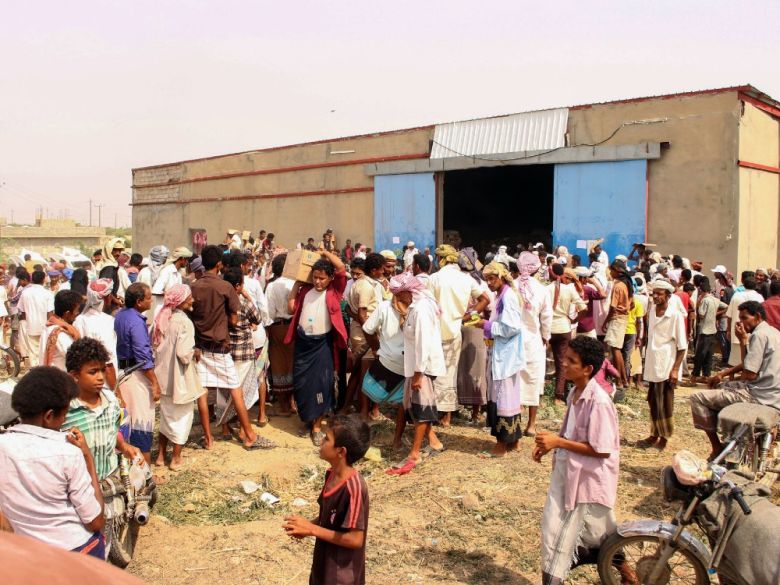There are currently more than seven and a half billion people in the world, according to a new report by the United Nations, and that number is expected to grow by two billion in the next 30 years.
Furthermore, by 2100, the population could reach a staggering 11 billion. It took until 1999 for the population to reach just over six billion. Yet, in the span of a century, that number is expected to almost double.
The steep rate of growth is a mounting concern to UN leaders on World Population Day, which is observed on July 11 every year to increase awareness of global population issues.
At the same time, the world’s population is growing older thanks to increased life expectancies and falling fertility levels, and 27 countries have reported a reduction of one per cent or more in their population sizes.
The report states that between now and 2050, nine countries will make up more than half the projected growth — India, Pakistan, Nigeria, The Democratic Republic of Congo, The United Republic of Tanzania, Indonesia, Egypt, the United States and Ethiopia. Currently, China remains the most populous country but is projected to be overtaken by India by 2027. The Sub-Saharan African population is also predicted to double by 2050.

The steep growth in population is not without its consequences. In the poorest developing countries, it leads to a reduced life expectancy of seven years, “due largely to persistently high levels of child and maternal mortality, as well as violence, conflict and the continuing impact of the HIV epidemic.”
“Many of the fastest growing populations are in the poorest countries, where population growth brings additional challenges in the effort to eradicate poverty, achieve greater equality, combat hunger and malnutrition and strengthen the coverage and quality of health and education systems to ensure that no one is left behind,” Liu Zhenmin, United Nations Under-Secretary for Economic and Social Affairs, said in a statement.
At the same time, an overall increase in life expectancy has created yet another global benchmark — as of 2018, the number of people over 65 outnumber children under 5. This is furthered by a drop in global fertility rates to 2.5 births per woman in 2019 from 3.2 births per woman in 1990. Fertility is further predicted to decline to 2.2 births per woman in 2050.
By 2050, one out of every six people is projected to be over 65 years old. Subsequently, this means that the working population is shrinking, which in turn puts more pressure on shrinking social systems to care for their communities.
Migration changes are expected to become a “major component of population change” between 2010 and 2020. Countries such as Belarus, Estonia, Germany, Hungary, Italy, Russia, Serbia and Ukraine (mostly Eastern European), will “experience a net inflow of migrants over the decade.”



















